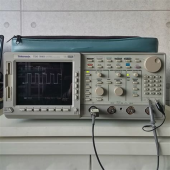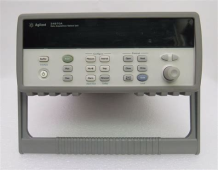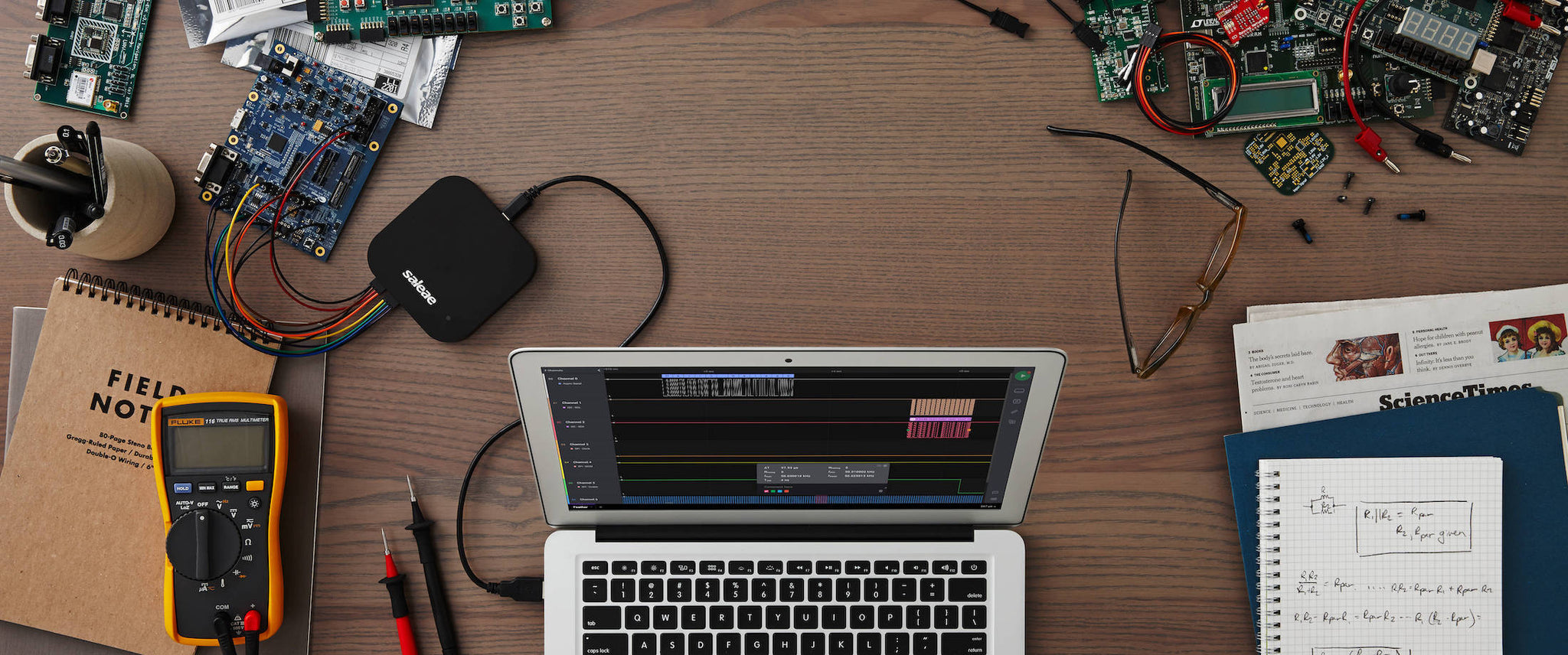robby
Photon Vampire
- Joined
- May 1, 2021
- Messages
- 4,337
I think based on what is happening with LifePower I think it's more like this.Point taken.
But, the key is "pre" charge.
1. Power on battery. (In theory precharge happens here, but in this case there's no capacitors connected to have any in-rush current)
2. Precharge Inverter with external resistor.
3. Close inverter DC breaker.
1) Power on BMS
2) Switch on the external Breaker which then starts the PreCharge Process when a load is detected.
3) It waits for the voltage to reaches past a certain Voltage level and time interval.
4) It then energize the Mofets on the BMS when #3 is complete.
I think the problem with the EG4 Lifepower is that it cannot reach the voltage level before the time Interval so the Mosfets never get energized and the Inverter just clicks away trying to start with whatever power has been put in its capacitors.
Second and more likely possibility is that the charge resistor never disengages after the time interval is up because the voltage is too low and then the BMS is locked out of powering the Mosfets due to a possible overload.
So the Inverter is trying to start with insufficient current as the 20 Ohm resistor limits its consumption to about 2.5 Amps. This would be some kind of bug in the BMS firmware or hardware design that is preventing it from just resetting and trying the process again.
An external Jump start may be why it can get past the problem. Once the Voltage goes past the threshold it is seems like the BMS is unlocked and can engage the Mosfets.
The EG4LL has a Timer that can be changed in the software. I have seen it in the options menu.
It apparent that the voltage level is reached before the time interval expires so that is why it powers up the Inverter without a problem. If it is not reaching the level it would imply that it does not have that same bug so it just restarts the Pre-Charge sequence again.
If I had @Koldsimer Inverter and both batteries I could hook them up one at a time to an Oscilloscope and see exactly what is happening.







